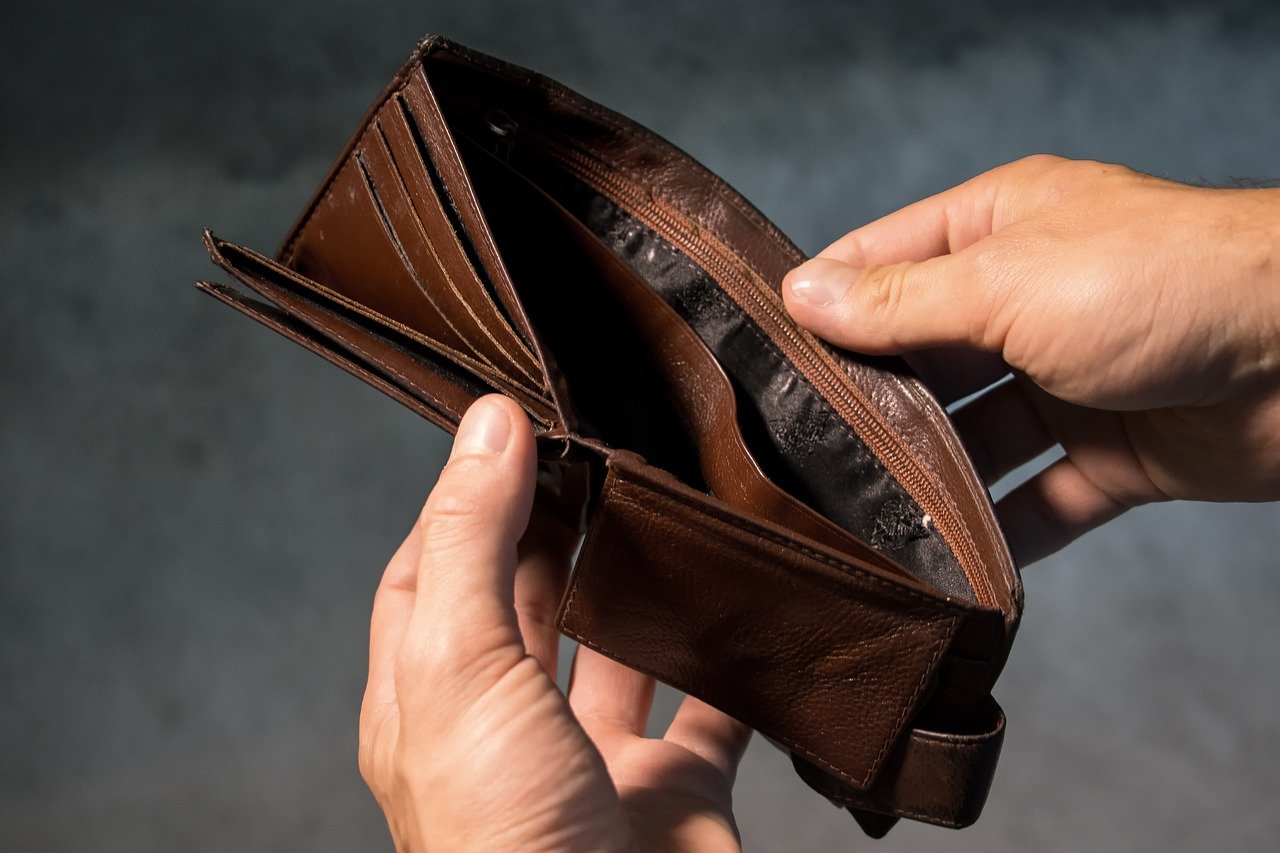What is Inflation and How Does it Affect Taxpayers?

To many people, the word “inflation” conjures up distant memories to some obscure high school economics class rather than offer some deep insight into the inter-workings of the economy. The topic appears mysterious in nature (understandably so), known by few outside of economics circles. Looking beyond the technical jargon that befuddles most, inflation is an important topic to know since it directly affects all aspects of the economy—from consumer spending to business investment and employment rates to interest rates. All taxpayers interact with inflation daily, but what exactly is it?
In basic terms, “inflation” refers to the broad increase in the prices of particular goods and services. Think of it as the reason why the average price of a movie ticket in 1980 was $2.89 but by 2019, the average price was $9.16.[1] The rise in gas prices over the past few months also demonstrates inflation at work. You often hear experts talk about how inflation affects the value of the dollar. To illustrate this point in a simple explanation, if $2.89 in 1980 was enough to buy a movie ticket, but in the present day, that same $2.89 was not even enough to buy a bag of popcorn at a local theater, your dollar is said to have “lost value” since it cannot purchase as much as it used to.
The government typically measures inflation through a Consumer Price Index (CPI), which tracks the average change in prices, over time, that consumers pay for a defined basket of goods and services. Economists tend to agree that a small amount of inflation is a sign of a healthy economy as it is usually reflective of more economic activity. In the U.S., the federal government targets an average of 2 percent inflation every year. Too much inflation, however, can be a destructive force—think Venezuela, where in 2018, inflation hit over 1,000,000 percent a month![2]
But what exactly causes inflation? The answer boils down to basic supply and demand. For starters, as consumers make more money, they naturally spend more in the economy, pushing up demand for goods and services in the process. Producers, who usually have a finite amount of stock on hand, respond by raising prices since it takes time to ramp up production to meet the heightened demand. Inflation can also factor in through supply. When the supply of goods and services falls but demand stays the same (or rises), prices also rise. Lumber prices are a good example—since April 2020, lumber prices have increased by more than 200 percent as many lumber mills have ceased production or limited output throughout the pandemic, reducing supply nationwide.[3]
Back to the central question, how does inflation affect the average taxpayer? For starters, higher food, gasoline, and utility costs can mean people spend more relative to their budget and have less money for savings. When wages do not rise in tandem with the subsequent cost of living, many people can no longer afford as many goods as they once could. For low-income populations in particular, who tend to spend larger portions of their budget on necessities like food, any increase in prices can hamper the ability to secure critical supplies with implications for health and well-being.
Inflation is also related to interest rates.[4] When interest rates are low, the cost of borrowing becomes cheaper. Consumers find it easier to take out a loan to purchase a new car or take out a mortgage. Businesses likewise find it cheaper to borrow, invest, and expand operations. By deciding to make a big purchase now “before interest rates may rise later,” you are subconsciously expecting future inflation. The federal government also uses inflation estimates to make Cost-of-Living Adjustments (COLAs) for Social Security payments to retirees.
Tying all this into the current pandemic, the question arises whether economic recovery will lead to higher inflation in the U.S. Theory would suggest that an infusion of stimulus money mixed in with pent-up demand would lead to an overall increase in prices across the economy as more purchases put more money in circulation. But economists aren’t in broad agreement on what will happen. Some cite the years following the Great Recession as suggesting economic recovery does not necessarily lead to inflation. Others argue the pandemic is unlike any other event in recent economic history, and inflation could very well begin to skyrocket. With no clear indication about what the eventual outcome will be, economists will agree to disagree for the time being, but inflation will continue to affect taxpayers in many direct and indirect ways.
[1] Forbes, What is Inflation and How Does it Work?, July 14, 2020. https://www.forbes.com/advisor/investing/what-is-inflation/
[2] CNBC, “Venezuela Hyperinflations Hits 10 Million Percent.” Aug. 3, 2019.
[3] National Association of Homebuilders, Framing Lumber Prices, Accessed on April 23, 2021.
[4] Central banks tend to set interest rates to affect overall inflation. When inflation is high, interest rates tend to be raised, and when inflation is low (usually an outcome of low economic activity), interest rates are lowered to encourage more borrowing and investment.